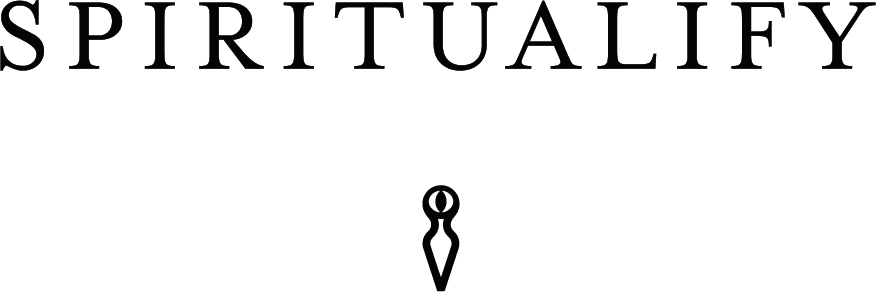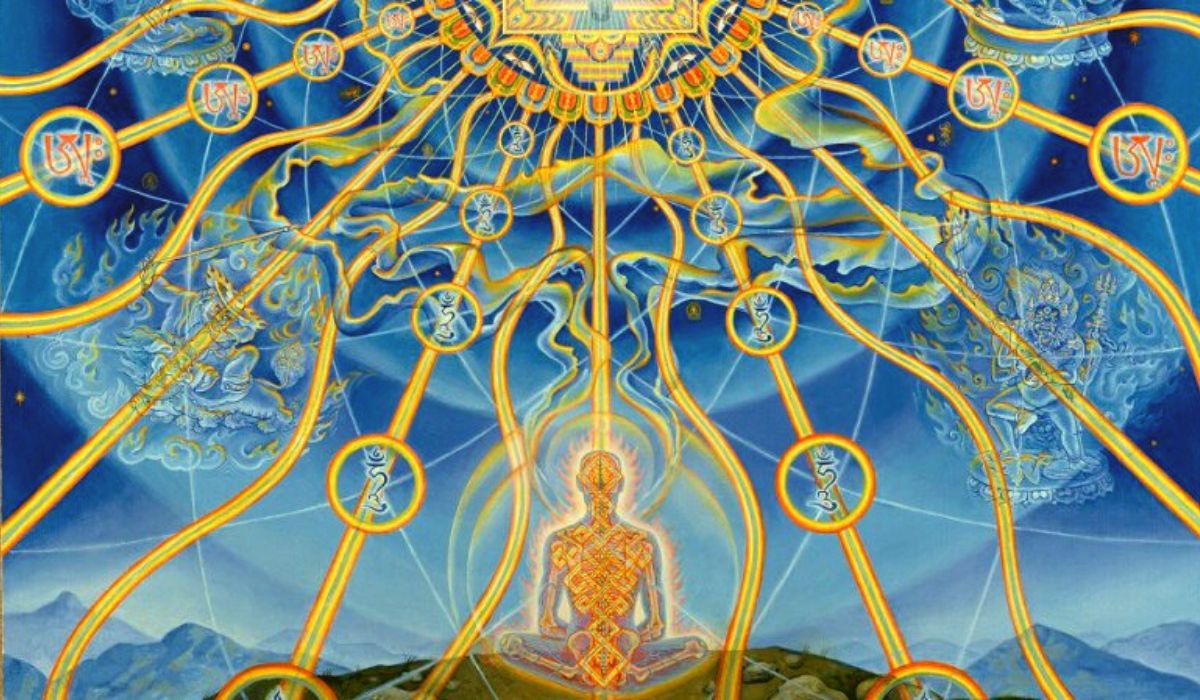In the Western world, we tend to systematically search for an end product. We are educated to progress towards an end that legitimizes the methods. We are frequently adapted to put the truck of our need-to-achieve edification before the steed that will get us there. “There” being some uplifted or lifted upstate “above everything.”
Zen educates something contrary to that. There is no such state. There is no last illumination. Or on the other hand, if there is one, it may simply exist at the time, during the procedure, unrelated to the edification. Or again, if not completely annexed to it that we find ourselves associated with everything through it.
“Before enlightment, cut wood, carry water. After the enlightment, cut wood, carry water. “~ Zen proverb
It is anything but a goal yet a heading. It is anything but a fact yet a procedure. It is just accessible when you understand that it is finally unachievable. The best way to discover enlightenment is not to seek it, yet to just be it without waiting be it.
Just breathe through. Admire the world. Expire. Rehash. In any case, if that’s not enough for you, here are seven engaging Zen rehearsals that can help you:
Table of Contents
1. Zen and deep questioning:
“The truth knocks on the door and you say:” Go away, I seek the truth “, and so it goes away, puzzled.”
~ Robert M. Pirsig
What is essential to understand is that the concentration in Zen is to ask the right questions. The questions are essential. The answers are auxiliary. This is because the answers are liquid and incredibly close to home, extraordinary for each individual.
In Zen, the answers are adaptable and flexible versions or should be. The questions are also, but the questions are all the more an establishment than the answers. The deep addressing is the philosophical addressing: otherworldly and existential questions that naturally arise from Zen consideration.
The effort to answer these deep questions is a pleasure in itself, whether or not we come up with an “answer”. In the craft of profound addressing, the improvement of the inquiry is important, the search for an answer is less important.
2. Insight and Zen koans:
“If you meet the Buddha on the road, kill him.”
~ Zen koan
Zen koans are mental puzzles intended to supply or stun the brain into edification. Like this opening statement for example. It stuns the psyche into no-mind. It allows the autonomous personality to open up to the associated personality.
It saves us from suffocation in our very agreeable but stale waters. The purpose of the koan is to weaken the logical and selfish mind in order to uncover more natural non-mind. They essentially draw attention to the fact that reality itself cannot be “got” in clarification, just discharged in an act of spontaneity.
We would all be able to use Zen koans to use some understanding into our for the most part imperceptive lives. Even better, create your own novel koans and see what happens.
3. Reduce the importance of mere knowledge of sutras and sacred doctrines:
“I lived with several Zen masters, all were cats.”
~ Eckhart Tolle
Try not to overestimate the established regulations. The vast majority of them are misreported, obsolete and best-case scenarios even under the least favorable conditions. They will quickly make you deeply lethargic and existentially self-satisfied. Go through them, ingest them, bring them to deep reflection, then continue with your heart filled full of zen yet your profound addressing mind open to crisp potential results.
Support direct knowledge into spiritually and Zen rehearsals. Becoming familiar with the procedure through contemplation practice and day by day order is unmatched and more beneficial than relying solely on sutras and convention. Get from them the solid information you can, but focus more on direct adaptation via Zazen or hands-on with achieved educators.
Recommended: What Happens if You Open Your Third Eye
4. Zazen: Know your “original face”
“It’s just sitting in silence, witnessing thoughts, passing in front of you. Just witnessing, not interfering, not even judging, because, by the time you judge, you have lost the pure witness. By the time you say, “It’s good, it’s bad,” you have already jumped into the thought process. ”
~ Osho
Zazen is the central routine when it comes to Zen. It really means “situated contemplation”. It has to do with sitting and breathing and just letting considerations, pictures, thoughts, and words go by just without engaging with them.
It is basically deep centered breathing in order to empty the brain and to abandon it of all things, including oneself. When the hyperactive monkey brain is calmed, one’s “unique face” appears.
As Zen master, Daito, explained, “Thoughts can be compared to clouds. When the clouds disappear, the moon appears. The moon of such size is the original face. Thoughts are also like the fogging of a mirror. When you wipe off any condensation, a mirror reflects clearly. “
5. Zen song (om):
“Om divine song is at the same time symmetry, supersymmetry, broken symmetry, and unbroken symmetry of nature.”
~ Amit Ray
Om has been described as the sound of the universe. It is the primordial recurrence of the universe which contains all the sounds in itself. So Om is the sound of preeminent knowledge, the most perfect name of God. When we serenade the Om mantra, we speak the language of God (Infinity/Creation).
Om reciting, in particular at 432 Hz, is an approach to associate with the perfect inside oneself. By the time it is done in mixing with deep breathing practice, it is an incredible method for opening the throat chakra, the third eye chakra and the crown chakra.
Practice essential Om reflection during Zazen or even in dynamic contemplation like Kinhin: Zazen in development. Reciting real sutras, for example, the heart sutra can also help the Zen expert to become more deeply associated with the bodhisattva way.
6. Zen and art (wabi-sabi):
“These mountains that you carry, you were only supposed to climb.”
~ Najwa Zebian
The work of Zen is linked to the capture of the Buddha quintessence of an article, a scene, or a feeling. In Zen circles, otherworldly dominance in expressions of human experience is essential and the specialized authority is auxiliary. It’s regularly increasingly about suddenness and act of spontaneity after profound reflective examination than about experimentation in the procedure.
The preferred painting style of Zen artisans is known as Sumi-e. A Zen type of show is without dramatization. At this point, there is the recognizable Zen of the haiku verse. These expressions are Zen-like because they strive to outfit “the most substance through the least potential methods”. Then there is the wabi-sabi considered by many individuals as the material representation of Zen Buddhism.
Here is a brief overview including the
Fukinsei: asymmetry, irregularity;
Kanso: simplicity;
Koko: basic, weathered;
Shizen: without pretense, natural;
Yugen: subtly deep grace, not obvious;
Datsuzoku: unbounded by convention, free;
Seijaku: tranquility.
Recommended: How to Free Yourself From the Karma of Your Ancestors
7. Zen humor and crazy wisdom:
“As we say in Zen when you reach satori, all you have to do then is have a good laugh.”
~ Alan Watts
Insane astuteness is linked to saddling the rebellious Buddha inside each of us, this part of us which is divine yet wild and free. This piece of us that covers up the weeds of the oblivious ready to deceive us into higher consciousness.
Initiated by Chogyam Trungpa, it has nevertheless existed since the beginning of Buddhism. The Buddha himself was a maverick from another world, all things considered. Two of the cleverest and craziest Zen instructors were the ninth century Han-shan Zen writer and the Zen ace Ikkyu.
Han-shan (Cold Mountain) continued to flee to live in a cavern as a loner and was known to snicker madly when someone got the slightest information about the idea of Zen. Ikkyu was whimsical, sneaky, and constantly out-stinging his educators as a blasphemer/holy person who regularly lectured in ill-repute houses and bars rather than Buddhist shrines.
Insane insight educates perhaps the most important exercise in our effort to achieve edification: constantly maintaining a decent comical inclination.







